Mixed nut samplers, chocolate covered nuts, praline pecans and a variety of nutty baked goods are commonly given as gifts during the holidays. For some, the perfect gift might be a nut-producing tree — a gift that keeps on giving.
Fall and winter are the best time to plant and establish new trees, but there are only a few nut-bearing tree options recommended for planting in Georgia.
Pecans are recommended for home planting in the Coastal Plain and Piedmont regions, but are not recommended for the north Georgia mountains. Some pecan cultivars are not good choices for backyard orchards because of their susceptibility to insect pests and diseases such as pecan scab.
Fortunately, there are scab-resistant cultivars that can produce high-quality pecan kernels. Commonly found cultivars currently recommended for yard-tree plantings include ‘Elliott,’ ‘Excel,’ ‘Gloria Grande’ and ‘Sumner.’
‘Elliot’ pecans are susceptible to late-spring freezes and should not be planted in north Georgia. Landscape and home orchard trees should be spaced at least 60 feet apart so that they will not crowd each other as they reach maturity.
Native to Georgia and the eastern U.S., black walnut trees are massive. Some grow up to 98 feet tall and more than 7 feet in diameter. Black walnut roots contain juglone, which inhibits growth of some plants beneath the tree. This is why black walnut trees should not be planted near vegetable gardens. black walnut trees grow best in open, sunny locations with moist, well-drained soil. Its native habitat is along stream banks. Of the many varieties available, ‘Thomas’ is one of the best for nut production.
Carpathian walnut, also known as English walnut, is not recommended for Georgia. English walnuts are quite susceptible to springtime frost injury. Temperatures below 12 degrees Fahrenheit will kill some varieties, and temperatures above 100 F will cause sunburn on limbs and shrivel kernels.
The almond is a close relative of the peach. The tree’s white blooms are similar to those of the peach, but the seed is the edible part of the almond fruit. Climate requirements are quite specific for almonds, and commercial production is limited to areas with dry summers, such as Sacramento, California.
The outer flesh of the almond must have dry weather to dry and split open properly. Rain and high humidity during the growing season in Georgia cause nut rot and inhibit nut opening. For Georgia, the best home orchard variety is the ‘Halls Hardy’ almond. The ornamental value of almond tree flowers is a great addition to landscapes, but don’t expect to harvest many nuts.
Chestnuts roasting on an open fire is a popular line from a traditional holiday tune. Unfortunately, the American chestnut was wiped out in the 1920s by a lethal fungal disease known as “chestnut blight.”
Since 1983, the American Chestnut Foundation has been working to breed disease-resistant trees that someday may be reintroduced to forests. The blight resistance of the Chinese chestnut was recognized in the early 1900s, and most plantings since then have been of the Chinese variety. The varieties of Chinese chestnuts recommended for home planting are ‘Crane,’ ‘Nanking’ and ‘Meiling.’
For more information about growing nut trees, refer to the University of Georgia Cooperative Extension publications “Pecan Trees for the Home or Backyard Orchard” and “Minor Fruits and Nuts in Georgia” online at extension.uga.edu/publications.


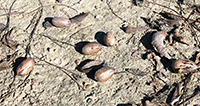
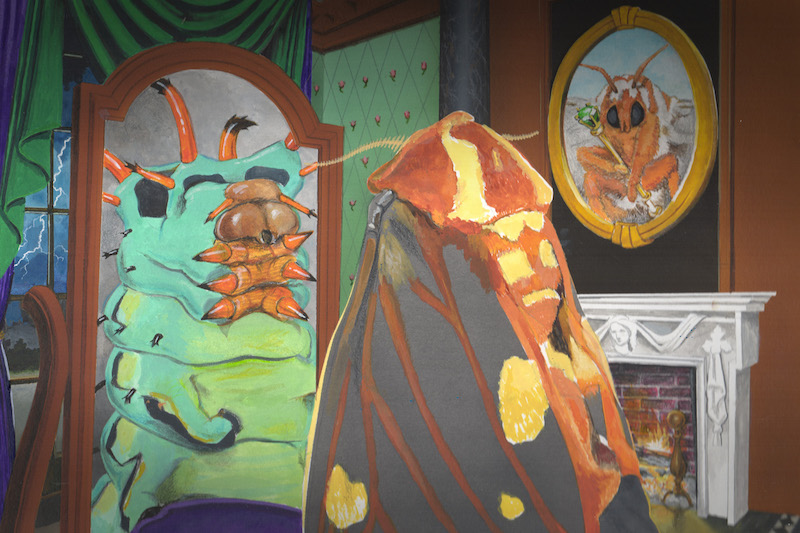
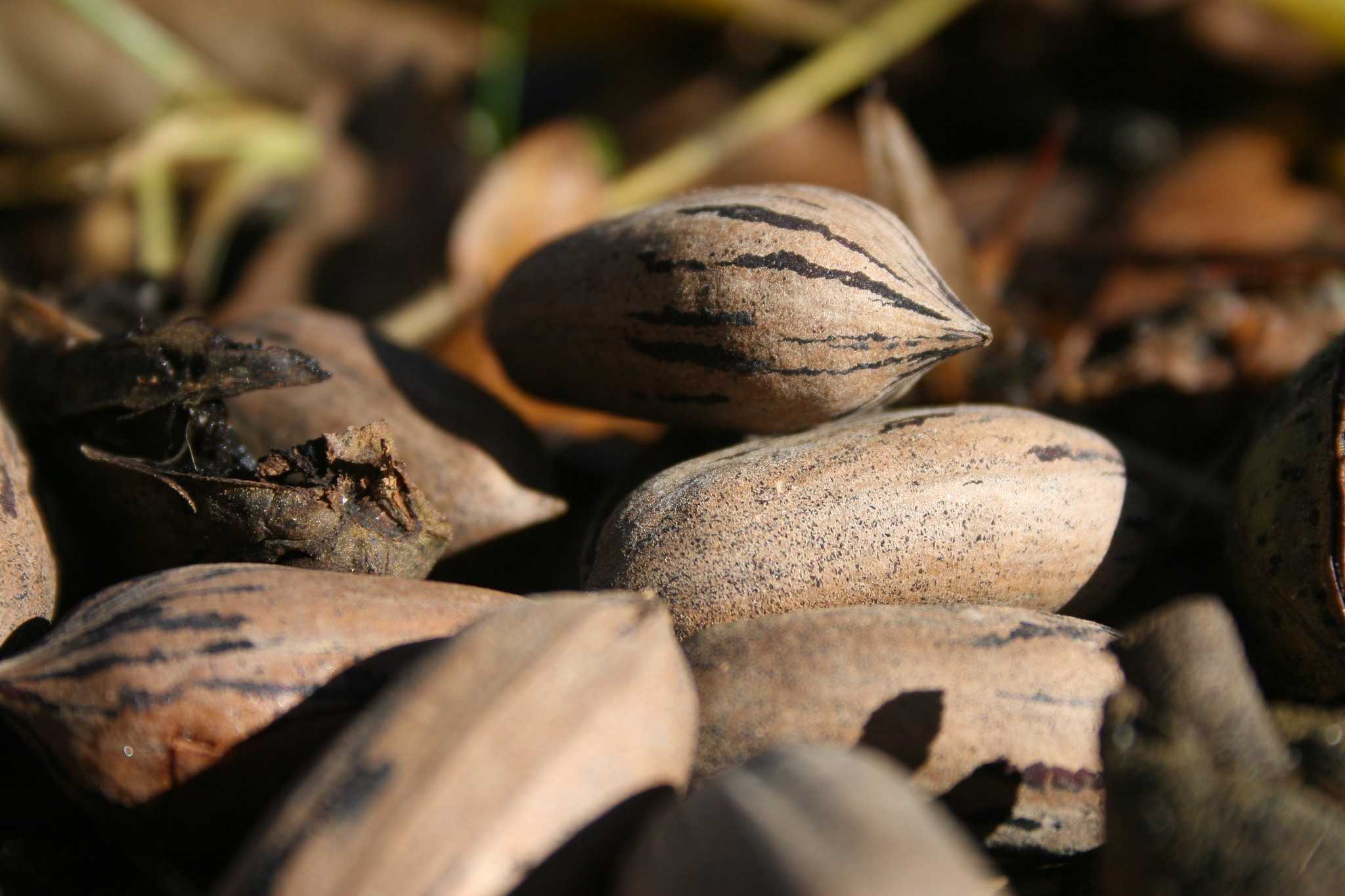
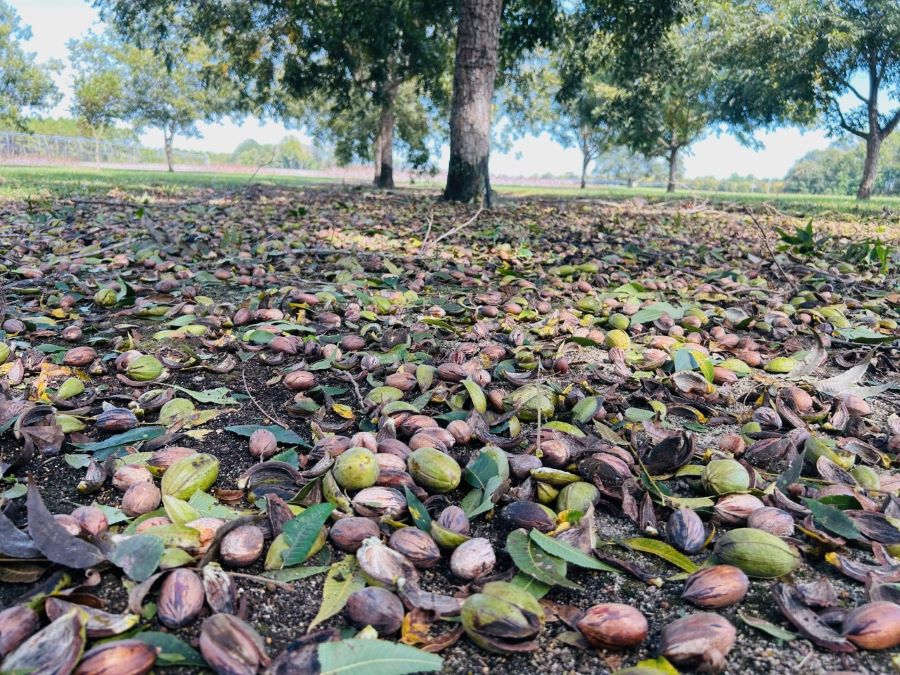
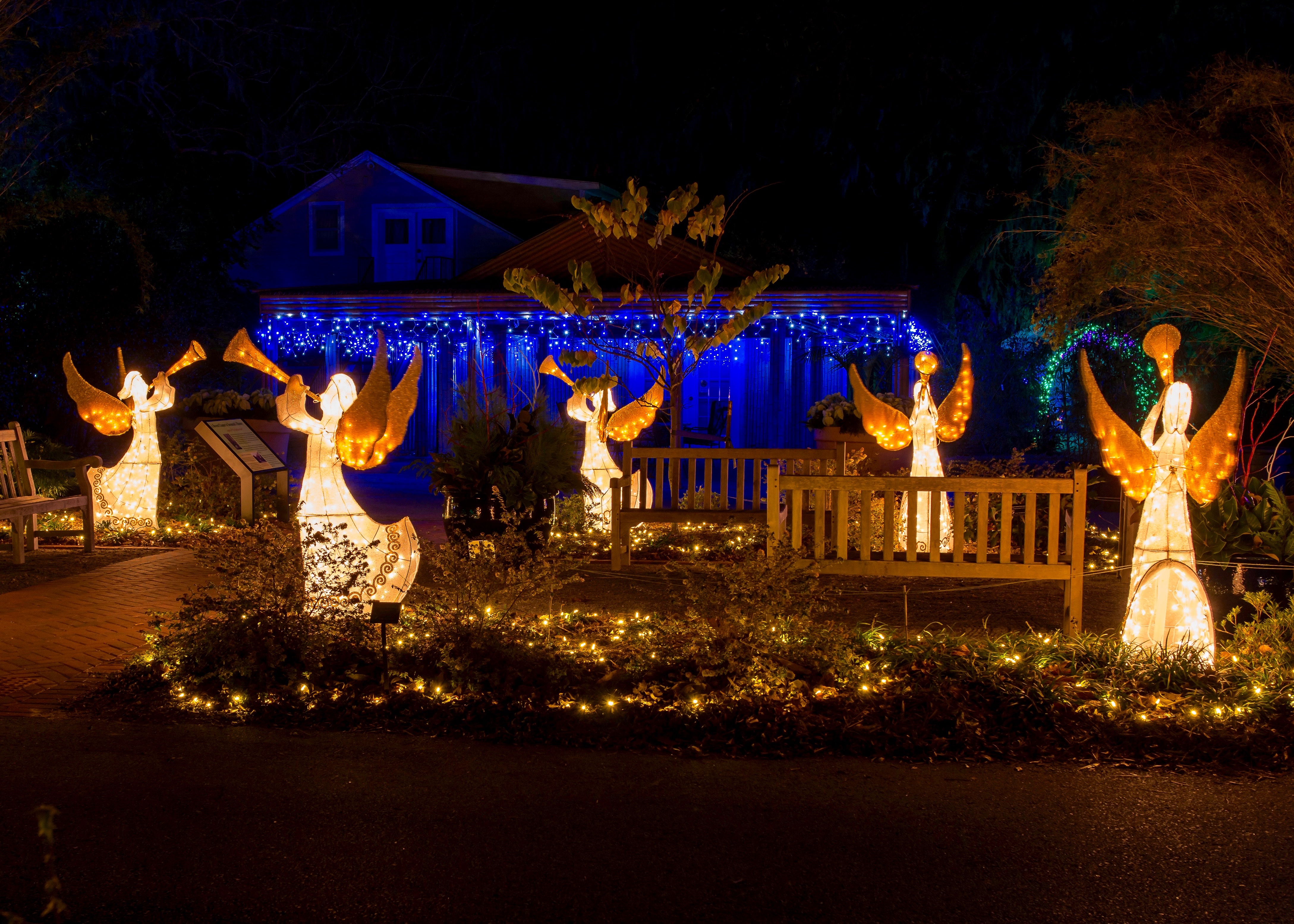
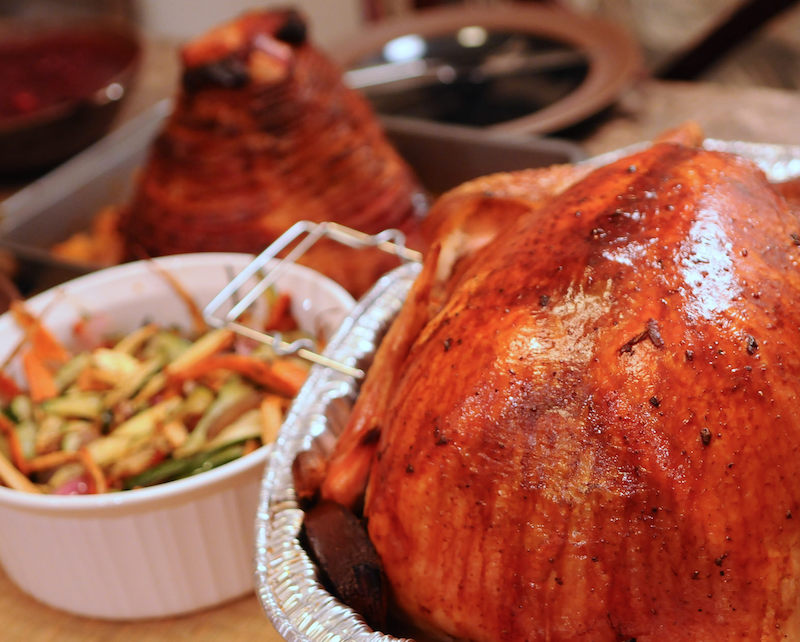
.jpg)